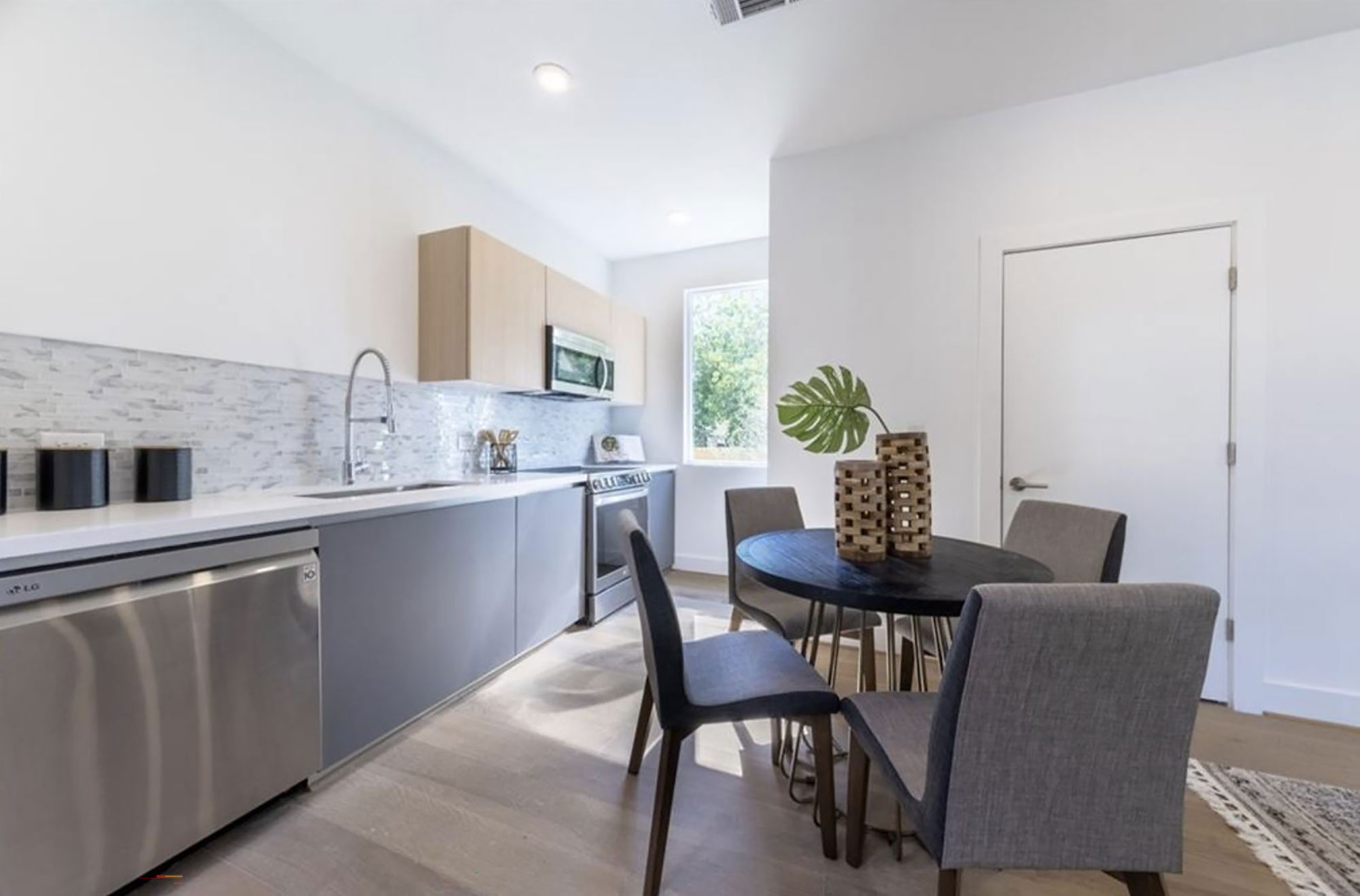In our quest for a sustainable future, it has become imperative to reevaluate the way we approach construction...

Traditional on-site construction methods have been prevalent for centuries, but they often come with significant environmental drawbacks.
However, a growing trend in the industry is changing the game – offsite construction. By shifting the construction process away from the traditional on-site approach and towards controlled factory environments, offsite construction has emerged as a promising solution for achieving sustainable and efficient building practices. In this blog post, we will explore the concept of offsite construction and its remarkable potential to revolutionize the industry while driving us towards a greener future.
Defining Offsite Construction:
Offsite construction, also known as modular or prefabricated construction, involves the manufacturing of building components or entire modules offsite in a controlled environment. These components are then transported to the construction site for assembly. This method offers numerous advantages over traditional on-site construction, including reduced waste generation, increased resource efficiency, and minimized disruption to local ecosystems.
Sustainability Benefits of Offsite Construction:
2.1. Waste Reduction:
One of the most significant advantages of offsite construction is its ability to reduce waste generation. In a factory setting, construction materials can be accurately measured, and excess waste can be minimized through efficient production processes. Additionally, any waste generated during the manufacturing process can be managed and recycled more effectively. By contrast, on-site construction often leads to excessive waste due to imprecise measurements, overordering of materials, and the challenges of waste management in dynamic construction environments.
2.2. Enhanced Resource Efficiency:
Offsite construction promotes resource efficiency by optimizing material usage. Factory-based construction allows for precise measurement and customization, reducing material waste. Moreover, offsite construction facilities can recycle and reuse surplus materials, further reducing the environmental impact associated with resource extraction and production.
2.3. Energy Efficiency:
Offsite construction methods inherently promote energy efficiency. By conducting construction in a controlled factory environment, energy consumption can be optimized through the use of advanced technologies, streamlined processes, and energy-efficient equipment. This advantage extends to transportation as well since consolidated shipments of modular components to the site significantly reduce fuel consumption compared to multiple trips for individual on-site deliveries.
Other Sustainable Aspects:
Apart from waste reduction, resource efficiency, and energy conservation, offsite construction offers additional sustainable benefits:
3.1. Reduced Environmental Disruption:
On-site construction activities often lead to significant disruption to local ecosystems, including noise pollution, dust, and disturbance to nearby habitats. Offsite construction minimizes these impacts by relocating the majority of construction activities to controlled factory environments. The transport and assembly of prefabricated modules at the site can be executed with minimal disturbance, ensuring a more harmonious relationship with the surrounding environment.
3.2. Improved Indoor Air Quality:
Factory-based construction enables better quality control and allows for rigorous inspections and testing. As a result, offsite construction projects often achieve higher indoor air quality standards compared to on-site construction. This factor contributes to healthier living and working environments, enhancing the overall well-being of occupants.
A Promising Future:
The rapid advancements in offsite construction technologies and techniques are reshaping the industry. Architects, engineers, and construction professionals are increasingly embracing this sustainable approach to address global challenges, such as the shortage of affordable housing and the urgent need for climate action.
Offsite construction methods offer a wide range of possibilities, including the use of renewable materials, integration of smart technologies, and the ability to incorporate sustainable design principles from the initial stages. By combining sustainability with efficiency and cost-effectiveness, offsite construction has the potential to revolutionize the way we build and pave the way towards a greener future.
Conclusion:
As we navigate the complexities of sustainability and strive to combat climate change, embracing offsite construction methods can be a game-changer for the construction industry. The reduction in waste generation, enhanced resource efficiency, improved energy conservation, and minimal environmental disruption make offsite construction a compelling solution. By adopting this innovative approach, we can create buildings and infrastructure that align with the principles of sustainable development, while simultaneously addressing the pressing challenges of our time. Boxprefab is leading the way to this transformative journey towards a more sustainable built environment.

